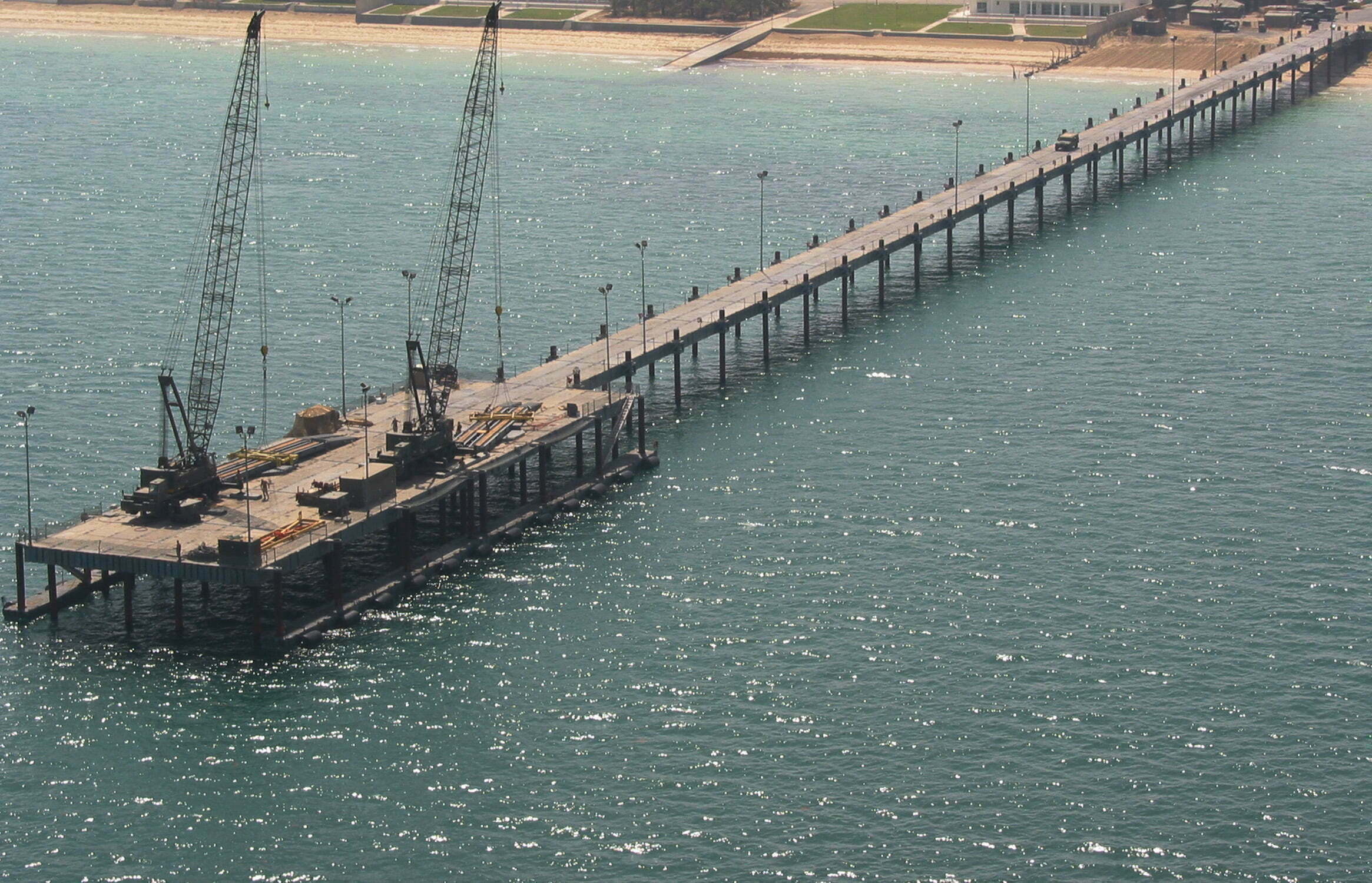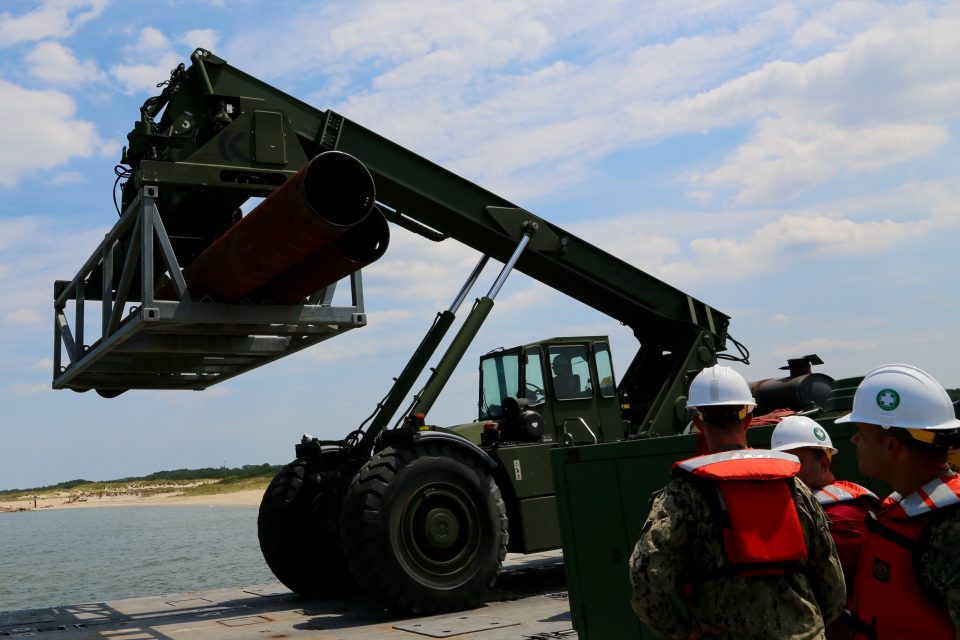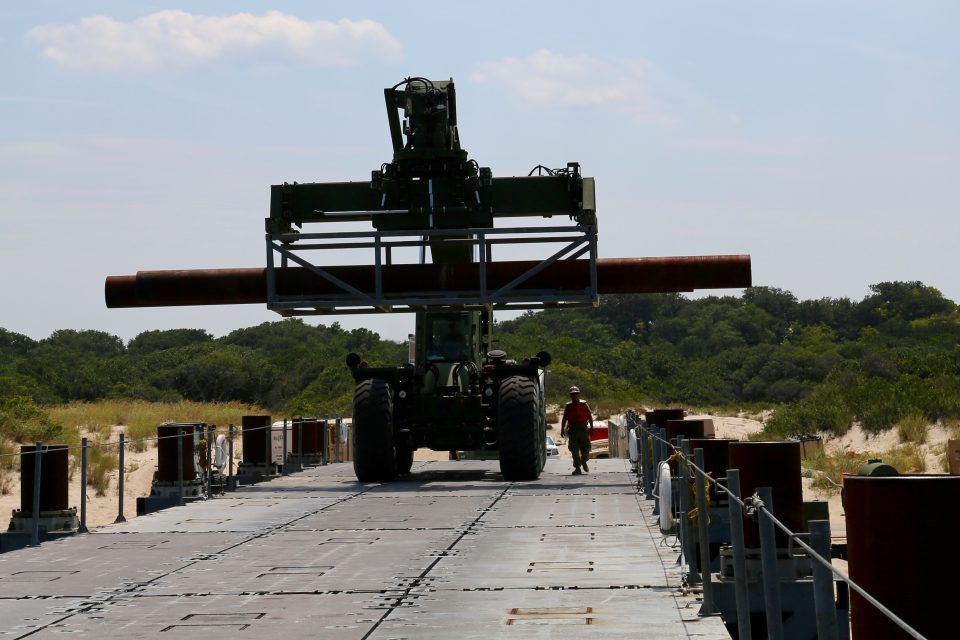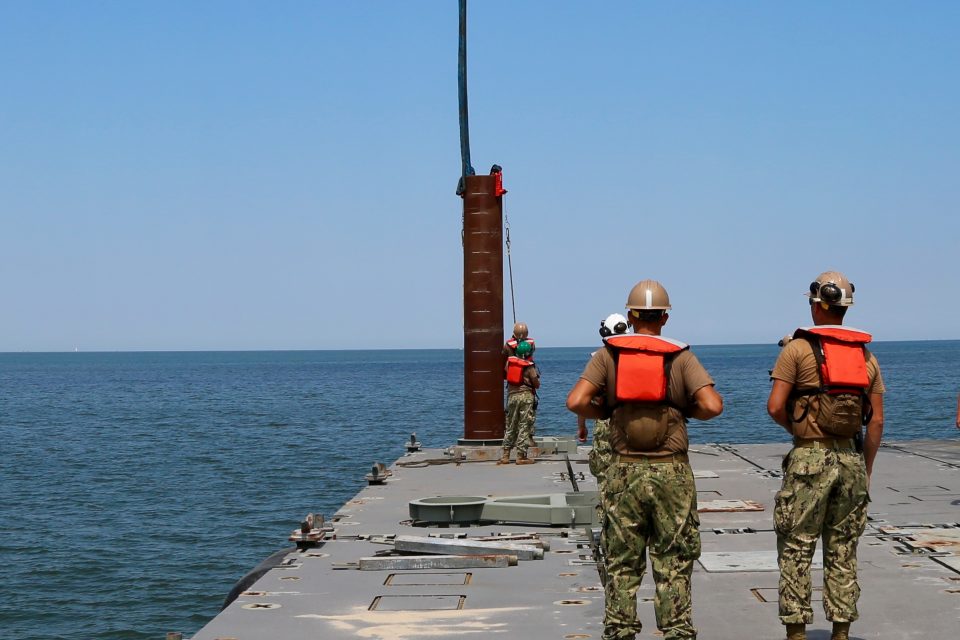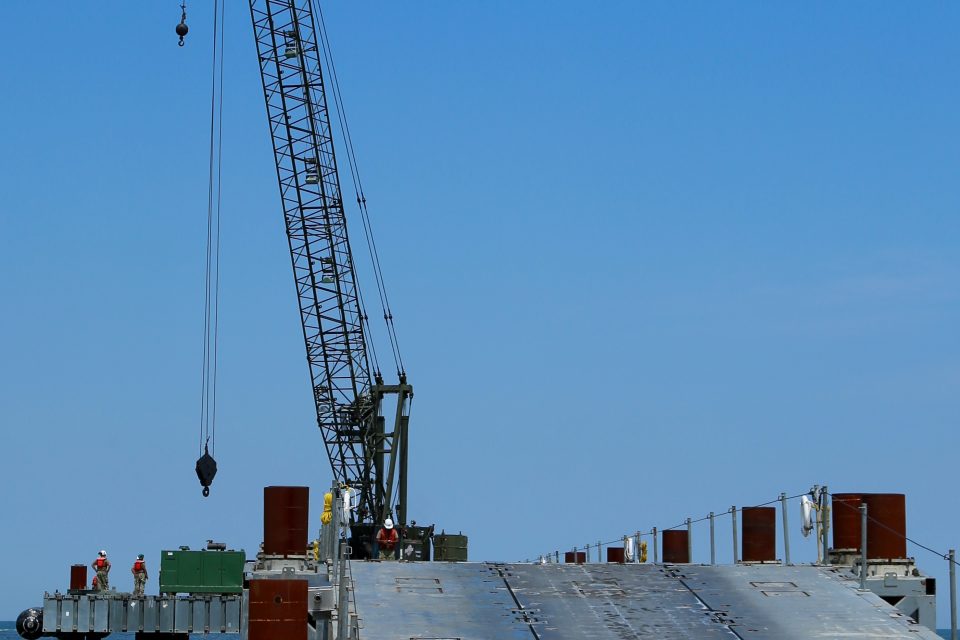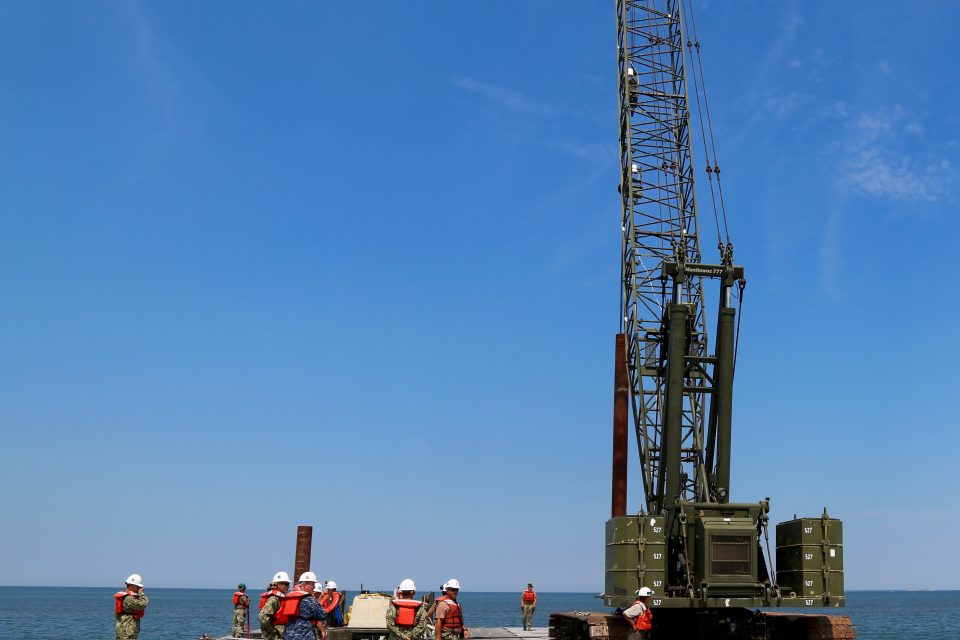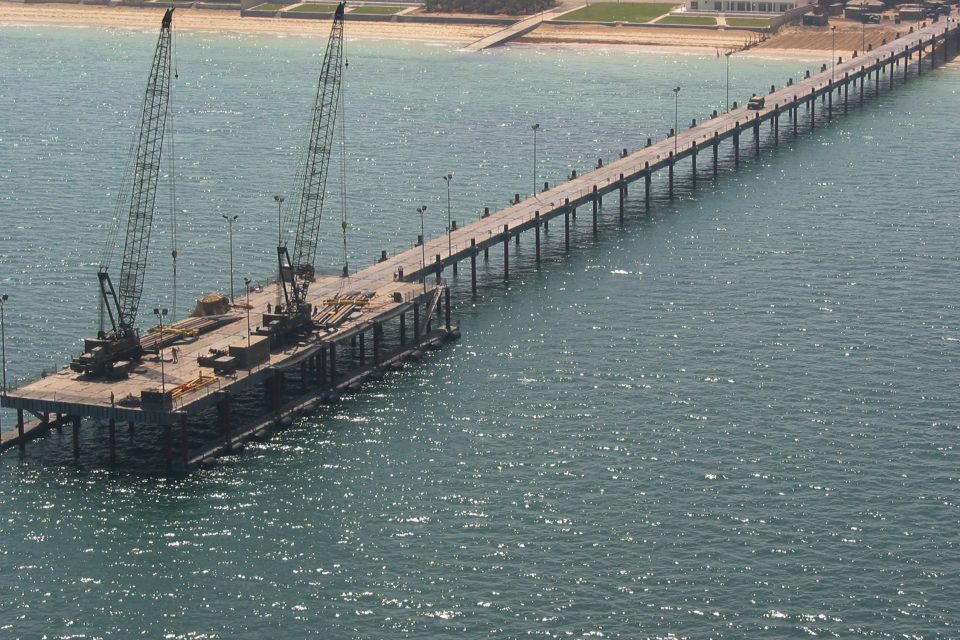2015-08-25 By Robbin Laird
What is clear from my recent trip to the Pacific is that amphbiosity is a growing capability.
This true not just in terms of nations building out capabilities and working with the USN-USMC team on ways to use that capability, but in terms of shaping more effective tool sets going forward.
Amphibious forces have the core advantage of going to the point of need, attack or area of interest and then LEAVING when a tactical or strategic task is done.
They provide core needs for the insertion of force or capability for a time, and provide means to execute missions with a time limit.
And policy makers clearly need to learn the lessons of time limited missions whether for tactical or strategic objectives.
https://sldinfo.com/wp-content/uploads/2014/10/Insertion-Forces-Front-Line-Defence.pdf
http://breakingdefense.com/2014/09/its-not-airpower-vs-boots-on-ground-any-more/
On August 24, 2015, I had a chance to see the work of Seabees and Sailors assigned to Amphibious Construction Battalions (PHIBCB) 1 and 2 along with other Naval Beach Group (NBG) 2 commands who are constructing the Elevated Causeway System-Modular (ELCAS-M) on Anzio Beach at Joint Expeditionary Base Little Creek/Fort Story through September 2015.
In effect, they are taking a capability, which has been around for some time, but bringing back in the period of significant change in the rethink about amphibious operations.
The over the beach logistics capability is clearly designed to provide a robust support capability to bring support from the sea to an area where there is no pier or where a pier has been damaged heavily by natural or man-made activities.
The most obvious use of such a capability would be a situation like in Haiti several years ago when humanitarian relief was limited by the absence of a pier to bring in supplies from sea.
https://sldinfo.com/transcom-and-haiti-planning-for-drawdown-from-the-outset/
https://sldinfo.com/22nd-meu-begin-phased-departure-from-humanitarian-assistance-in-haiti/
https://sldinfo.com/video-combat-controllers-haiti/
https://sldinfo.com/the-seabase-supporting-haitian-relief/
https://sldinfo.com/general-burke-provides-an-update-on-the-haitian-relief-operations/
https://sldinfo.com/seabasing-in-action-the-case-study-of-haiti-relief/
https://sldinfo.com/looming-gaps-the-%E2%80%9Chaiti%E2%80%9D-rescue-effort-in-2012/
https://sldinfo.com/tsunami-relief-and-the-earthquake-in-haiti/
In addition to the HA/DR mission, clearly the capability can be useful for crisis response or pre-combat situations in addition to resupplying Marines ashore in an austere location.
As the U.S. works to support a HA/DR mission in the Pacific, this capability can be used as well to train with a country’s military to reinforce a partners more remote territory in times of crisis.
When a big power in the Pacific decides to push a smaller country around in an island situation, this capability can be used to reinforce an island as part of a partnership effort.
And the US could use the capability to support islands where missile defense systems might be brought over the shore to install equipment in a diversity of austere locations which can provide forward defense for US and allied combat assets as well.
And if it seems desirable to bring Army aviation or Air Defense Assets into a more austere location, then the modular pier can be used to offload significant support equipment as well for more extended operations.
In the video below, a Seabee explains the nature of the ELCA-M and answers questions about its potential use.
Explaining the ELCAS and Its Uses from SldInfo.com on Vimeo.
For an evolving partnership strategy where such a capability might fit in nicely see the following:
Also see the following:
https://sldinfo.com/explaining-the-role-of-the-elevated-causeway-system-modular/
The photos in the slideshow show various aspects of the operation.
The first credited to 2nd ESG shows the pier in toto.
The other photos are credited to Second Line of Defense and show the crane as well as the piles being driven into the sides of the pier to support its operation.
The pier can be built out to 3,000 feet and can be configured to accommodate the ships needed to support an operation.


